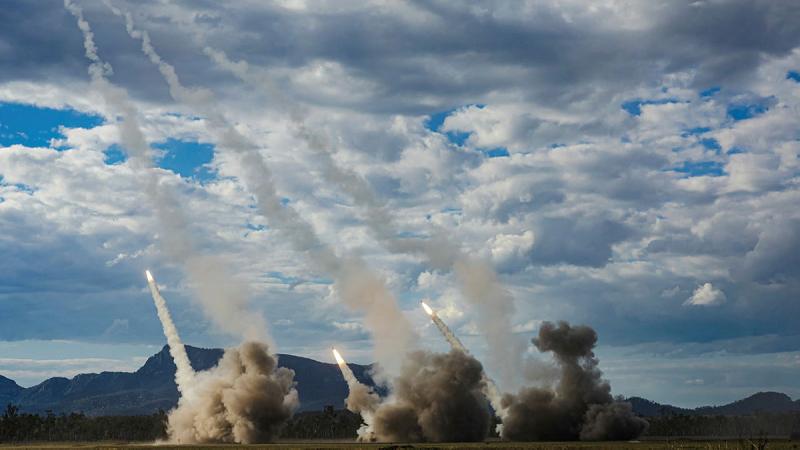The Australian Industry Group Australian Performance of Manufacturing Index (Australian PMI®) fell by 4.2 points to 49.3 in August, indicating broadly stable conditions (readings above 50 points indicate expansion in activity, with higher results indicating a faster rate of expansion).
There was significant divergence between the larger manufacturing states, with Victoria’s PMI® falling back into contraction (down 9.3 points to 44.0) while NSW (down 5.2 points to 51.0) and South Australia (up 3.3 points to 65.3) continued to indicate recovery. The PMI® in Queensland improved but continued to indicate a period of contraction (up 9.7 points to 47.1).
Ai Group Chief Executive Innes Willox said: “While the manufacturing sector held on to recent gains with activity broadly stable in August, manufacturers from Victoria, which accounts for about 25 percent of the national economy, sunk back into negative territory in the month in line with the introduction of severe restrictions on businesses and as local consumer demand was hit hard by the stay-at-home orders. Looking across the country, the pace of growth picked up in the food & beverage, machinery & equipment and textiles, clothing, footwear, paper & printing sectors. Metal products manufacturers saw a mild easing of activity while both the chemicals and building products sectors lost further ground over the month. Employment was broadly stable and the export index showed a marked improvement pointing to a recovery in at least some markets overseas. The further fall in new orders cast a major shadow over conditions in coming months and further stimulus is likely to be needed to help accelerate the recovery of consumer and business spending,” Mr Willox said.
Australian PMI®: Key Findings for July
- Six of the seven activity indices in the Australian PMI® deteriorated in August compared to July. Production (down 3.0 points to 53.4) and exports (up 10.8 points to 52.2) expanded, while sales (down 5.6 points to 46.6), new orders (down 6.1 points to 46.6) and finished stocks (down 6.9 points to 44.9) contracted. The indices for employment (down 3.2 points to 50.2) and supplier deliveries (down 2.2 points to 49.6) fell but remained indicative of broadly stable conditions.
- Three of the six manufacturing sectors in the Australian PMI® expanded and three contracted in August (trend). The manufacturing sectors that mainly produce consumable products (food & beverages and the TCF, paper & printing product sectors) expanded as well as the large machinery & equipment sector. Contraction was evident in the more traditional ‘heavy industrial’ manufacturing sectors (see table below).
- The input prices index fell by 4.2 points to 59.3 points in August (seasonally adjusted), indicating slower price increases for manufacturing inputs. The selling prices index fell by 2.7 points to 46.2, indicating that manufacturers’ selling prices declined, on average, and at a faster rate than in July.
- The average wages index increased by 2.0 points to 50.8, indicating broadly stable wages across the manufacturing sector, on average, in August. This index had been below 50 points since April, with the index likely to be pushed higher with the 1.75% minimum wage increase due in November.
Seasonally adjusted | Index this month | Change from last month | Long-run average | Trend | Index this month | Change from last month | Long-run average |
Australian PMI® | 49.3 | -4.2 | 50.5 | Food & beverages | 57.8 | 0.6 | 53.6 |
Production | 53.4 | -3.0 | 51.2 | Machinery & Equipment | 53.8 | 1.7 | 49.6 |
Employment | 50.2 | -3.2 | 48.8 | Metals products | 47.8 | 3.3 | 47.2 |
New Orders | 46.6 | -6.1 | 51.1 | Petroleum, coal, chemicals & rubber products | 45.5 | -1.0 | 51.2 |
Supplier Deliveries | 49.6 | -2.2 | 50.8 | Building, wood, furniture & other | 41.1 | 0.4 | 49.9 |
Finished Stocks | 44.9 | -6.9 | 49.6 | Textiles, clothing, footwear, paper & printing | 54.6 | 6.0 | 46.4 |
Exports | 52.2 | 10.8 | 49.9 | ||||
Sales | 46.6 | -5.6 | 49.1 | ||||
Input prices | 59.3 | -4.2 | 67.5 | ||||
Selling prices | 46.2 | -2.7 | 48.1 | ||||
Average wages | 50.8 | 2.0 | 58.7 | ||||
Capacity utilisation (%) | 76.7 | 3.3 | 73.7 |
Results above 50 points indicate expansion. * All indexes for sectors in the Australian PMI® are reported in trend terms (Henderson 13-month filter)








